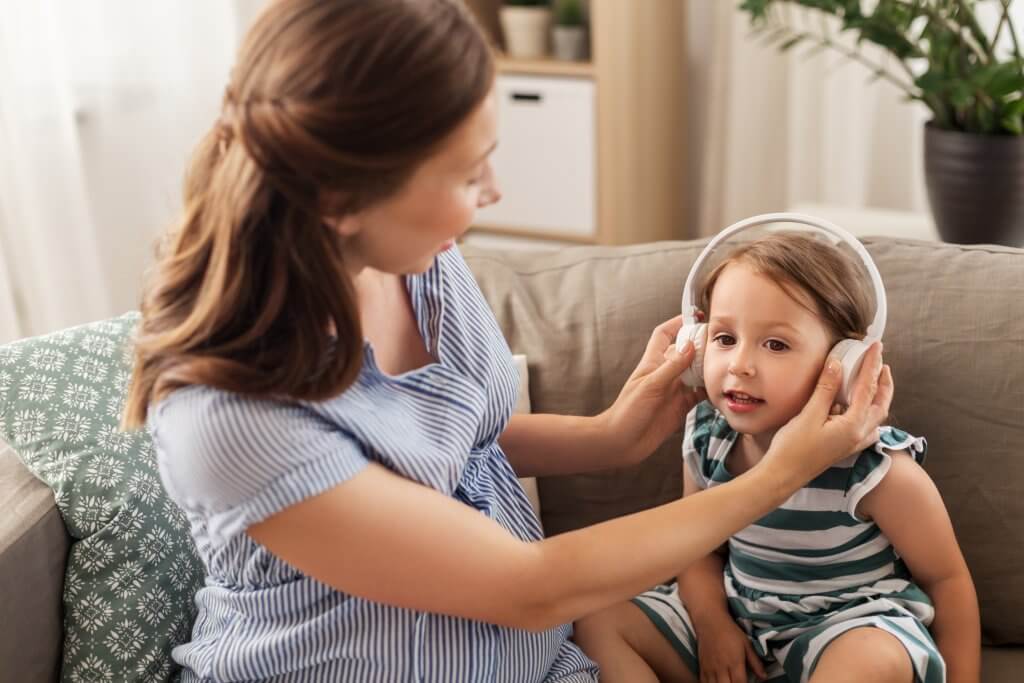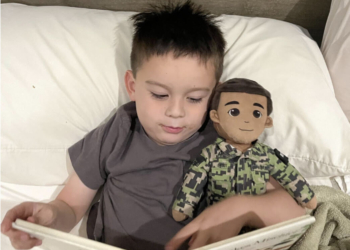While we can all be grateful that local governments are working to flatten the curve of cases of COVID-19 in the coming weeks, this also means many families are now working from home. There’s a handful of memes floating around social media about how introverts were born ready for weeks of social distancing, but there’s another group that finds themselves more prepared for an extended spring break with the smaller humans of their household: homeschoolers.
The cancellation of extracurriculars are keeping us from our social networks, too, but staying calm with a house full of activity is business as usual for us. So, from a teacher-turned-homeschooler, here are some ideas to keep your children learning — and relatively well-behaved — while stuck at home:
Stick to a schedule 
It’s easy to let the schedule go, with bedtimes and screen time becoming a vacation free-for-all, but don’t give in! Decide what schedules you need to set to keep everyone productive. For our family, we start school around 10, with time before that as breakfast, getting dressed, and playing. I use this time to write, answer emails, and drink my coffee. No video games are allowed in our house until after 4PM on weekdays. It’s easier to set this boundary than to take it away.
Practice writing
Many teachers start the day with a journal entry, so consider giving children a writing prompt each day to read and respond to.
- Binge watch Star Trek with your kids and have them keep a “captain’s log” of the quarantine.
- When I taught high school, one of our most popular warm-up series was to have students respond to old advice column queries.
- As military families, we have friends all over the world. Start an exchange of letters, emails, or videos with another family, or take the time to mail old-fashioned letters to grandparents or elderly friends.
- Combine letter or journal writing with reading epistolary books like Dracula, Harriet the Spy, or Diary of a Worm.
Listen to podcasts

Podcasts for kids provide learning and listening skills. Our favorite is Story Pirates, a sketch comedy show that takes story submissions from children and turns them into funny plays. Peace Out has relaxation and meditation exercises for kids, and we use it as part of our health lessons. We love Lore for spooky history, and Dear Hank and John for family friendly comedy by two authors.
Educational finds on streaming services
If you have a public library card, you can use it online. E-books and media may be available online by going to their website, downloading the suggested apps, and entering your information. This themed list from Homeschool Hideout suggests setting up a “school” Netflix profile for documentaries. Find shows that align with your child’s school assignments, and for an extra educational lift, assign a movie review, summary, or project on the topic. Epic! Books is worth the subscription price if you have a child preschool through middle school. This is a safe streaming service for children’s books, audio books, learning videos, and magazines. The Time4Learning family of learning apps has a military specific information page.
Send them outside

Unstructured time outside is important to childhood development, helping with decision making, motor skills, and imagination.
- We have a mud kitchen in our backyard, a play kitchen with toy pots and pans. Put one together quickly with some old toys or kitchen supplies.
- Turn the time into a science lesson by having older children and teens keep a naturalist journal. This article from Homeschool World gives instructions.
- Print bug or bird checklists and discuss animal classification. This can be done in the yard, a family walk, or even through a window depending on your space.
- Follow Rain or Shine Mamma and Backwoods Mom for their tips on outdoor play.
Life skills as learning
Having children at home means more opportunities to teach skills such as cooking, cleaning, and money management.
- This is an excellent time for teens to learn how to do laundry or have children help with sorting socks.
- Include kids in meal planning and prep. Have them research recipes to work with the food in your pantry. Teach knife safety so they can slice produce for snacks.
- Have age appropriate discussions with your child about pandemics, weather disasters, or family emergencies. Make sure children know important phone numbers, addresses, and how to access emergency dialing on your cell phone. Have teens put together a list of supplies your family should keep on hand so you don’t need to panic at the store next time.
Boredom encourages creativity
Children who are used to having the bulk of their day scheduled will have a hard time adjusting to more independent learning and play. You can help by setting up stations for activities around the house:
- Create an art center with supplies for painting and coloring. Activities to consider are leaf rubbings, making stamps out of veggies and fruit, magazine collages,or using supplies to make different paints like Shaving Cream Paint, Edible Glitter, or Baking Soda Prints.
- Make a pile of extra blankets, pillows, and flashlights and have your children build a pillow fort to read in.
- If you have boxes from online shopping or PCSing, have children build a castle, train, boat, or spaceship to play in.
- Create or print STEM challenges for their favorite toy, like these Lego Challenge Cards.
This list is not all inclusive. There will certainly be hardships for families that rely on the structure and services of school, and even every homeschool family approaches the school day differently. So most importantly, be gentle with yourself and your children. Set expectations ahead of time, but acknowledge that if the plan isn’t working, it’s okay to form a new one.
Read comments







































